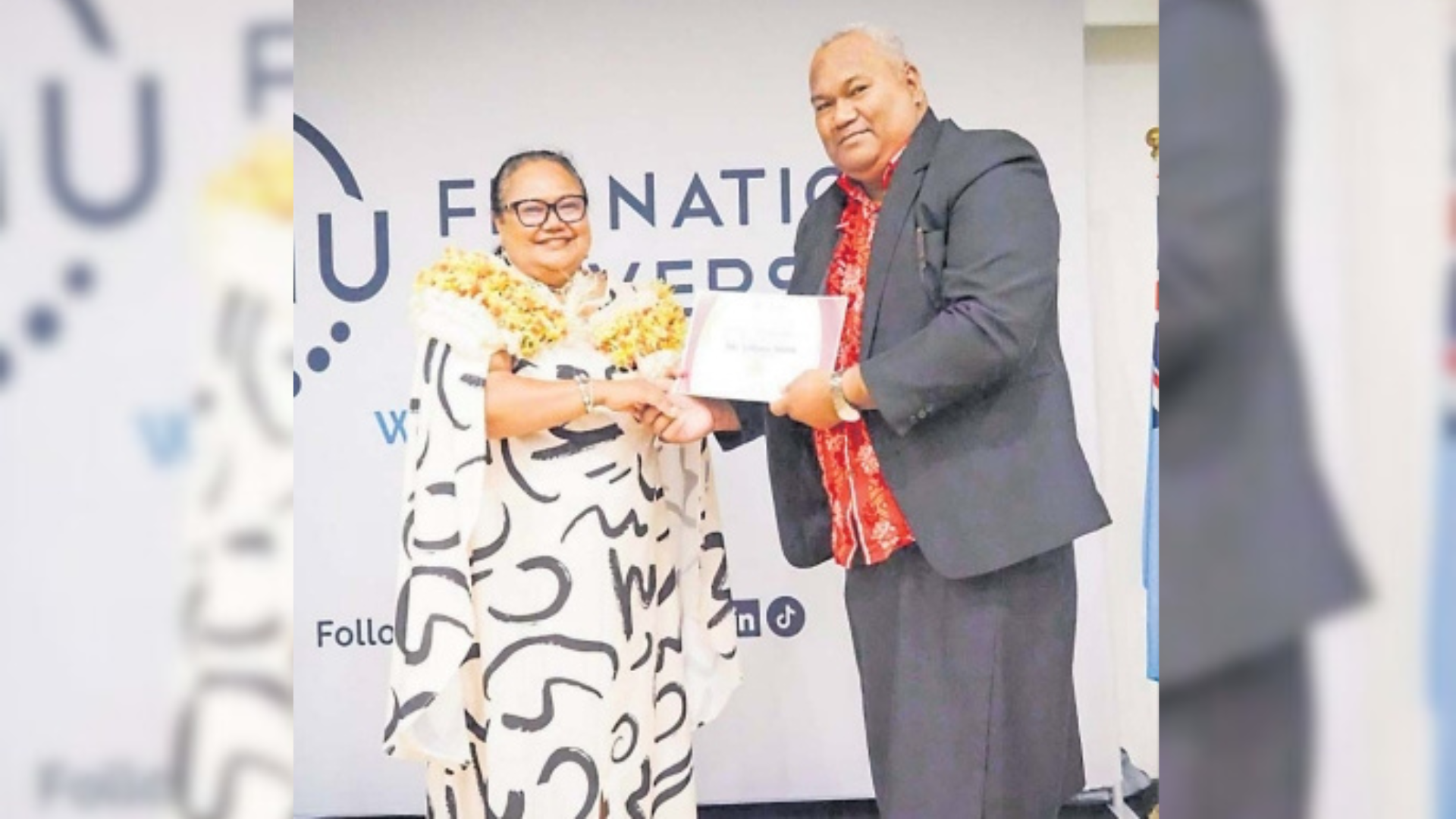FIJI National University’s (FNU) head of construction Viliame Sakiti, believes he has found a practical solution to Fiji’s affordable housing crisis through the development of a sustainable mud block.
Mr Sakiti was recently recognised with the Vice Chancellor’s Special Award for his innovation and says the key to resolving housing challenges in Fiji lies in embracing green, locally sourced materials.
“The future of sustainability is that houses today are really expensive compared to 10, 15, 20 years ago,” Mr Sakiti said.
“I believe it’s because of the scarcity of the materials and the high cost of the materials today.”
Mr Sakiti’s research focuses on reducing dependence on imported building materials, which currently make up approximately 95 per cent of construction supplies in Fiji.
He is working on a range of eco-friendly alternatives, including low-carbon cement, plastic polymers for reinforcement, and gravel made from clay soil, in addition to his award-winning mud brick.
“These are materials that can be made locally and are cheap for communities, especially for low-cost housing. A $50,000 house 10 years ago is now $150,000.
“This material will offset a lot of costs.”
The sustainable mud brick, according to Mr Sakiti, is not only more affordable but also performs better in terms of strength and insulation.
“Normal blocks are 12 MPa in strength. Mine is going for 23 MPa, which is doubling.”
He has already built a prototype home using the new material, estimating that a two to three-bedroom house could cost between $40,000 and $60,000, a significant reduction compared to conventional construction costs.
Mr Sakiti believes his innovation could benefit informal settlements and low-income earners, offering them a feasible path toward home ownership.
“This is something that can be afforded by tenants earning from $10,000 to $50,000 annually.
“It has good thermal performance and it’s strong. It’s sustainable and made from what we already have.”



